Why do two Swiss researchers want to find ice on comets?
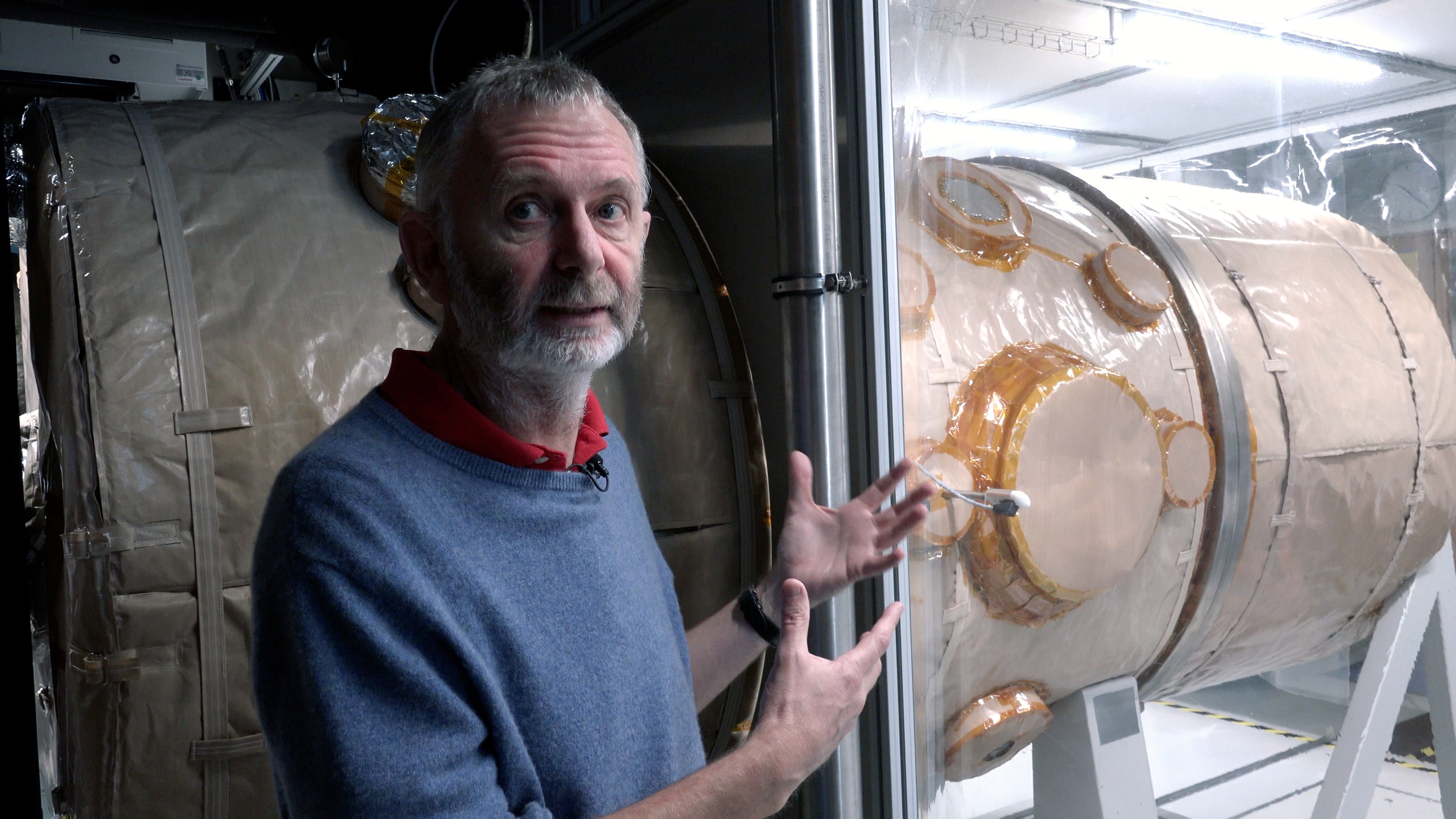
Using a new type of instrument, two astrophysicists from the University of Bern hope to get a little closer to unravelling the mystery of the origins of the solar system. They believe the key to this lies in the ice that can occur in a dust layer on comets.
There is a lot of shaking and rattling going on in a small laboratory at the University of Bern, where researchers are testing equipment they want to send into space.
On the shaking table today, however, is a discarded home computer that they want to push far beyond the limit for a test. In the end, plastic parts fly through the room, which is partitioned off by a thick pane of glass, and the computer is wrecked.
In the next room, Nicolas Thomas watches through an armoured glass window. As a professor of experimental physics, he is aware of the impact on devices and people when a rocket launches.
In 2016, Thomas was present at the Russian spaceport in Baikonur when the Cassis camera system, in which he played a key role, was launched into space on a rocket.
“I was about four, five kilometres away from the launch site,” he says. “But boy, is that an experience! Your entire body sort of shakes when the thing’s going up, and you think to yourself, ‘that poor instrument, it’s got to survive that!’”
And that’s not all: after the bumpy launch, the rocket enters a vacuum; the instrument has to survive the shock when the spaceship separates from the rocket, and it is ultimately exposed to strong radiation in space.
Together with an astrophysics doctoral student, Linus Stöckli, Thomas has now developed a new type of instrument that the two hope to use on a mission to a comet.
They hope to use it to discover ice beneath the surfaceExternal link. This could reveal something about the formation of the solar system, when ice and dust came together.
“By studying the surface of a comet – at least the few centimetres below the real surface – then we’ve got a chance of being able to place some constraints on the solar system formation process,” Thomas says.
Because comets are very likely remnants from the formation of the solar system, they offer a glimpse into the time relatively soon after the birth of the Sun. Among other things, analysing the water ice can provide clues as to how dust and ice combined in the early solar system.
In November 2014, the European Space Agency’s Rosetta mission, in which the University of Bern was involved, proved that a space probe could land on a cometExternal link. The lander touched down on comet 67P/Churyumov-Gerasimenko, albeit rather bumpily.
Want to read our weekly top stories? Subscribe here.
How the instrument works
In the laboratory, Stöckli shows us a device that looks like a washing machine, in which he carries out measurements with a spectrometer purchased in a shop.
He is trying to decipher various dust-ice mixtures in a vacuum and find out exactly how the ice and dust are combined.
The question is: can Stöckli distinguish dust from ice in the measurements? “If this is possible, we will further develop a new instrument that we can send to space,” he says.

A commercially available spectrometer is not suitable for this. The two astrophysicists would have to build such an instrument to be as small and robust as possible so that it would fit on a lander, for example, and withstand conditions in space.
The Bernese researchers’ instrument is a terahertz spectrometer. This technology is currently used for security at airports and for skin examinations. However, according to Thomas, it has not yet been used for space instruments. The idea came from one of his colleagues who specialises in laser physics.
Terahertz spectroscopy operates on a new wavelength range that is only now accessible thanks to new technologies, says Thomas. In a next step, the researchers want to use an antenna to emit photons in an experiment. These will either be reflected – the more feasible method – or sent by a probe.
The data that comes back to the receiver should ultimately provide information about the composition of the first few centimetres below the surface of a comet.
This layer could possibly provide information about the early phase of our solar system, says Carsten Güttler, a planetologist at the University of Münster in Germany, who also works on thermophysics and comets.
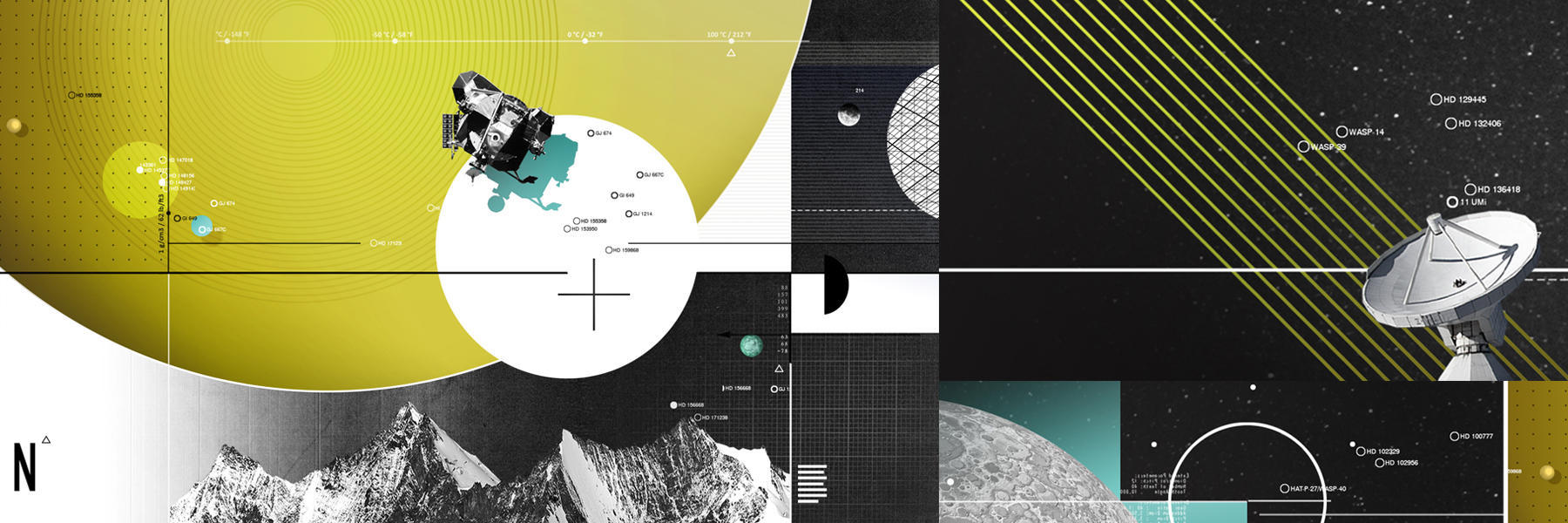
More
In space exploration, Switzerland punches above its weight
The University of Bern’s approach is “very promising”, he says. He is familiar with the project but is not involved in it. Güttler finds the idea “particularly exciting, as I am not aware of any such instrumentation in the field of comet research”.
Radar and infrared, between which the terahertz wavelengths are located, have already been used on comets. Although radar offers better penetration of the surface, the pixel resolution of the reflected waves is low. And infrared, which has a good resolution, does not penetrate deep enough into the subsurface.
Funding from the federal government and ESA
Thomas also emphasises that terahertz spectroscopy is a completely new technology for space travel. “I think this is one of the reasons why the space agencies are interested in it,” he says.
He has always seen it as part of his work in space research to think about new instruments and try to make new measurements to find out things about planetary surfaces.
However, the measurements in the laboratory, which can take several years, must yield clear results.
“When you want to implement such a device on a space probe, you need to have thought of every possible way that something bad could occur,” Stöckli says.
For example, it’s important to consider that faulty components might interfere with the measurements and distort the results. Because once it is sent into space, nothing can be corrected.
The Swiss State Secretariat for Education, Research and Innovation is currently providing CHF1.3 million ($1.45 million) in support for the project over three years. The European Space Agency (ESA) is providing funding of €90,000 (CHF87,000) for the initial stage.
Experience with instruments for space travel
Thomas has already co-developed several devices that are currently in use in space. He proudly shows us the data that the Cassis Mars camera sends to his mobile phone every 15 minutes via the European Space Operations Centre in Darmstadt.
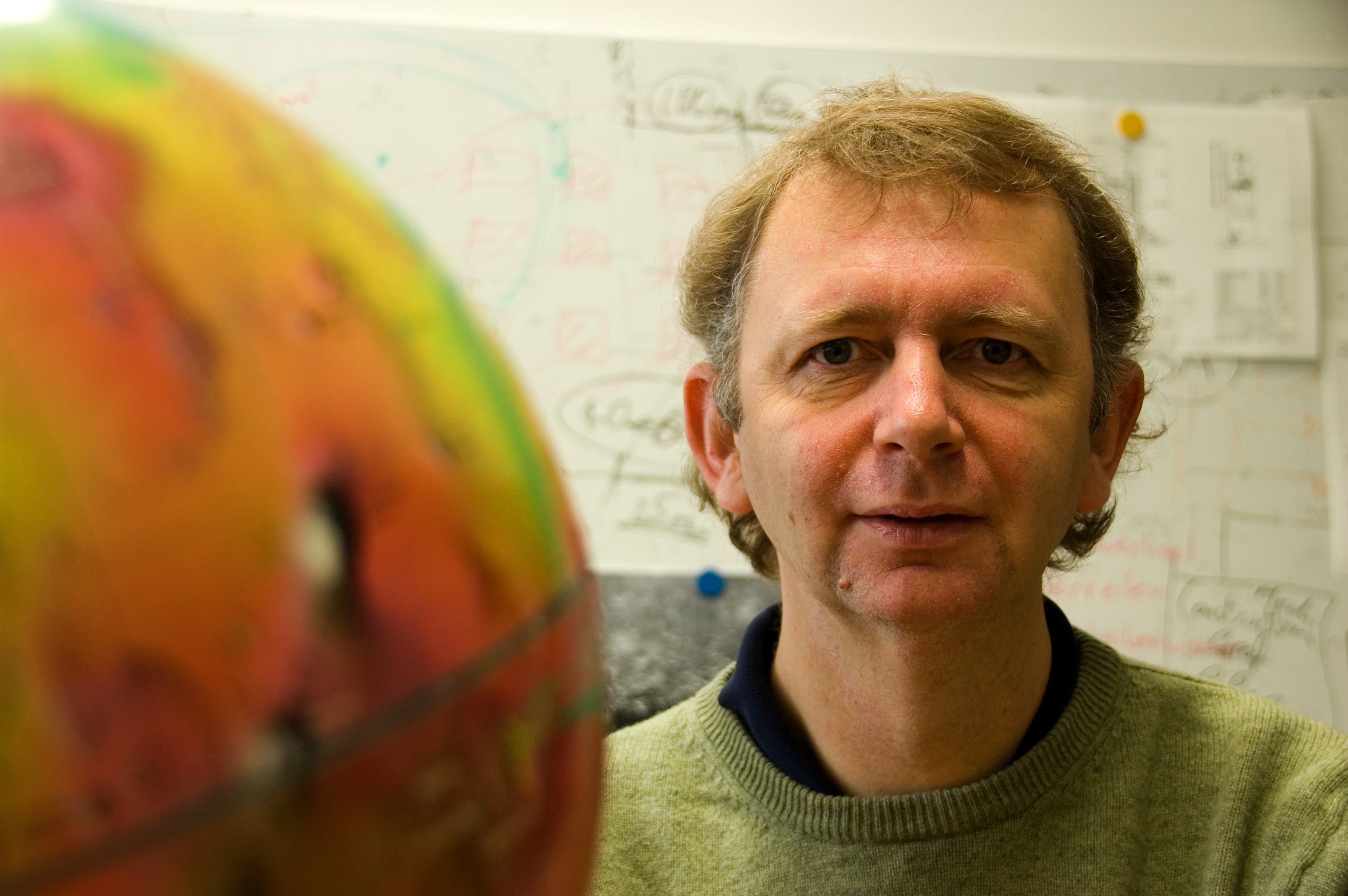
More
Swiss high tech to orbit Mars
He is a real data junkie, he admits. “I get a real kick out of seeing the first data coming down from an instrument that I’ve been involved with.”
Thomas estimates that the instrument could possibly be used on a mission in the early 2040s. By then, he will have been retired for more than a decade.
“This is a very hard element to the whole thing, that you might be working on something that you will never see yourself,” he says.
But the opportunity to help shape the future inspires Thomas. The instrument could also strengthen Switzerland’s position in the international space community. It would be good for Switzerland to demonstrate leadership in this area, Thomas says.
It would also strengthen Switzerland’s visibility concerning NASA, the US space agency, which is also very interested in collaborating with Switzerland. “We put a little Swiss flag there and say, that’s our piece,” Thomas says.
Edited by Sabrina Weiss. Adapted from the German by Catherine Hickley/ts
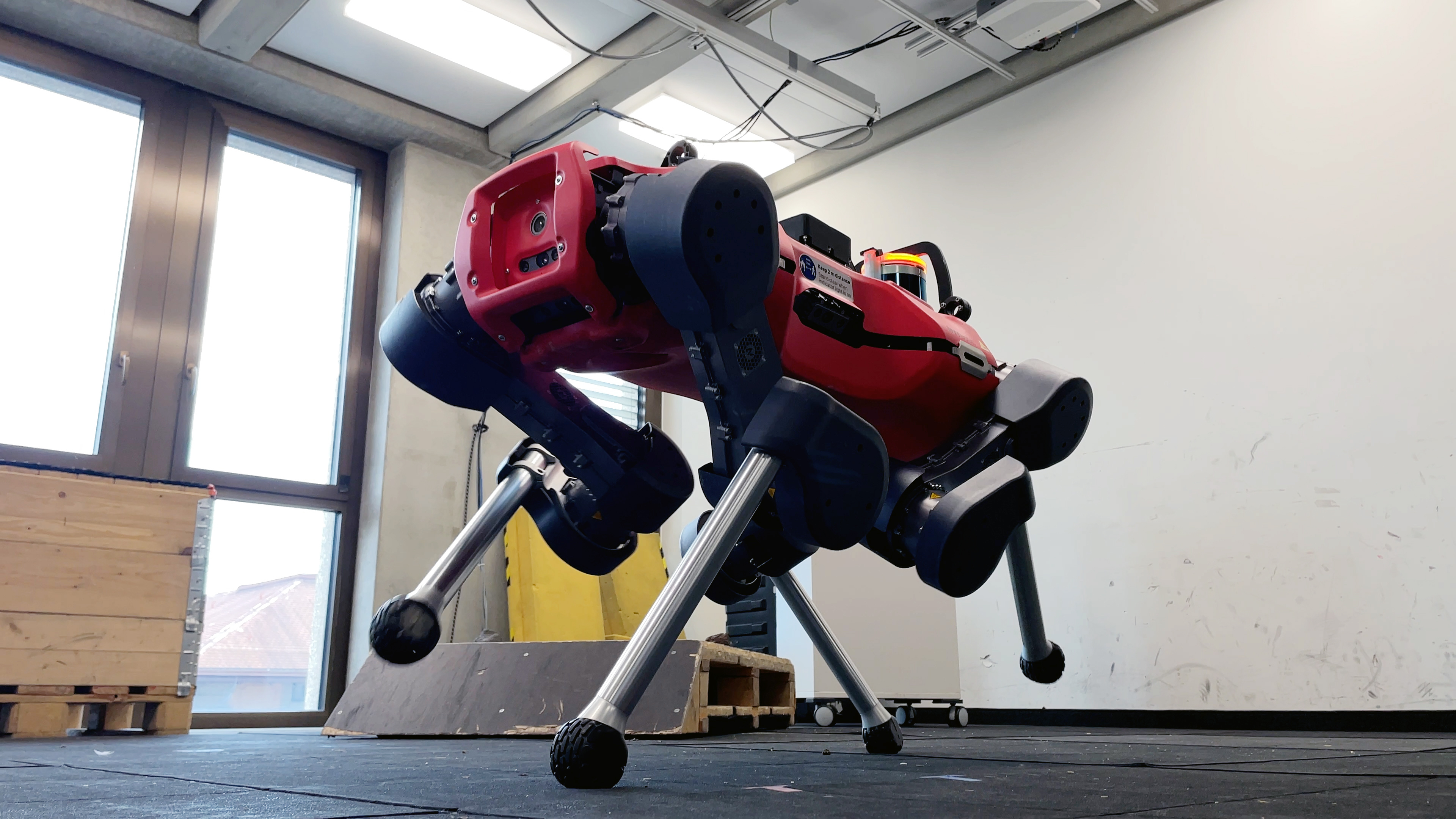
More
Swarm of Swiss robots could take part in future space missions

In compliance with the JTI standards
More: SWI swissinfo.ch certified by the Journalism Trust Initiative


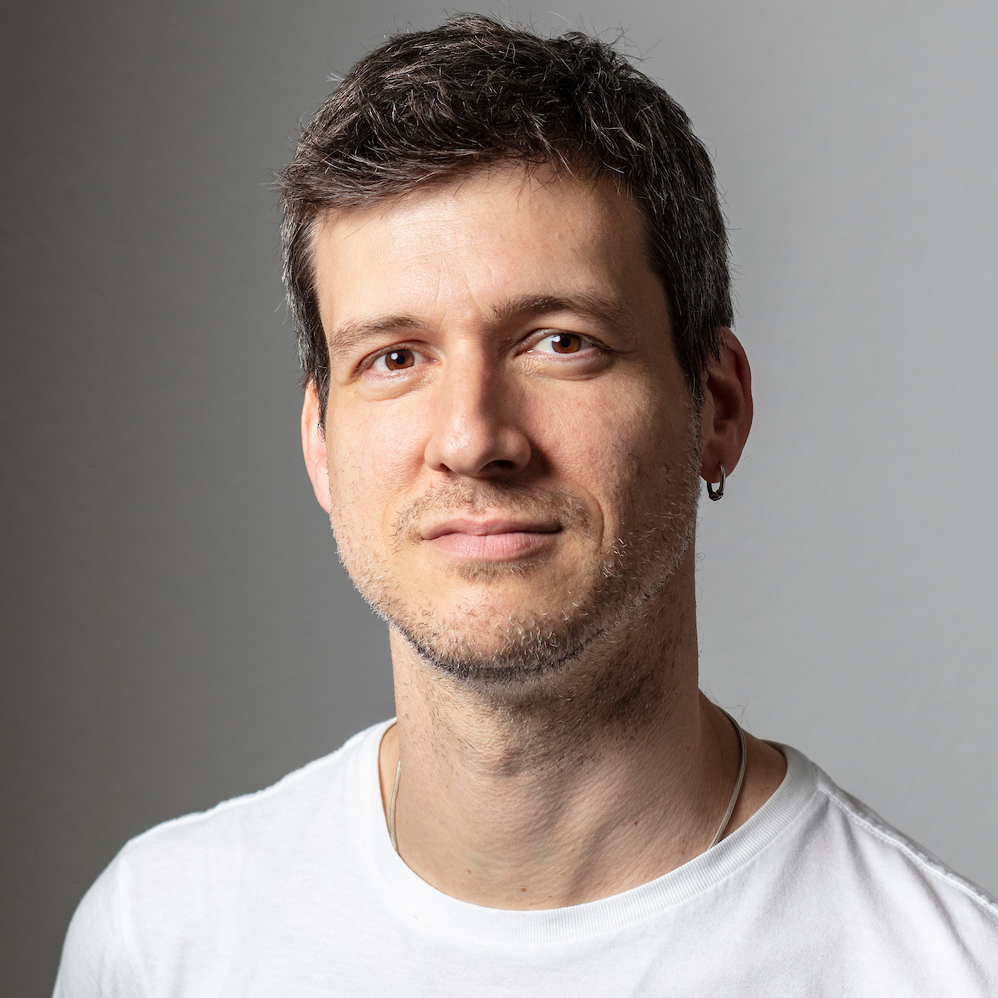
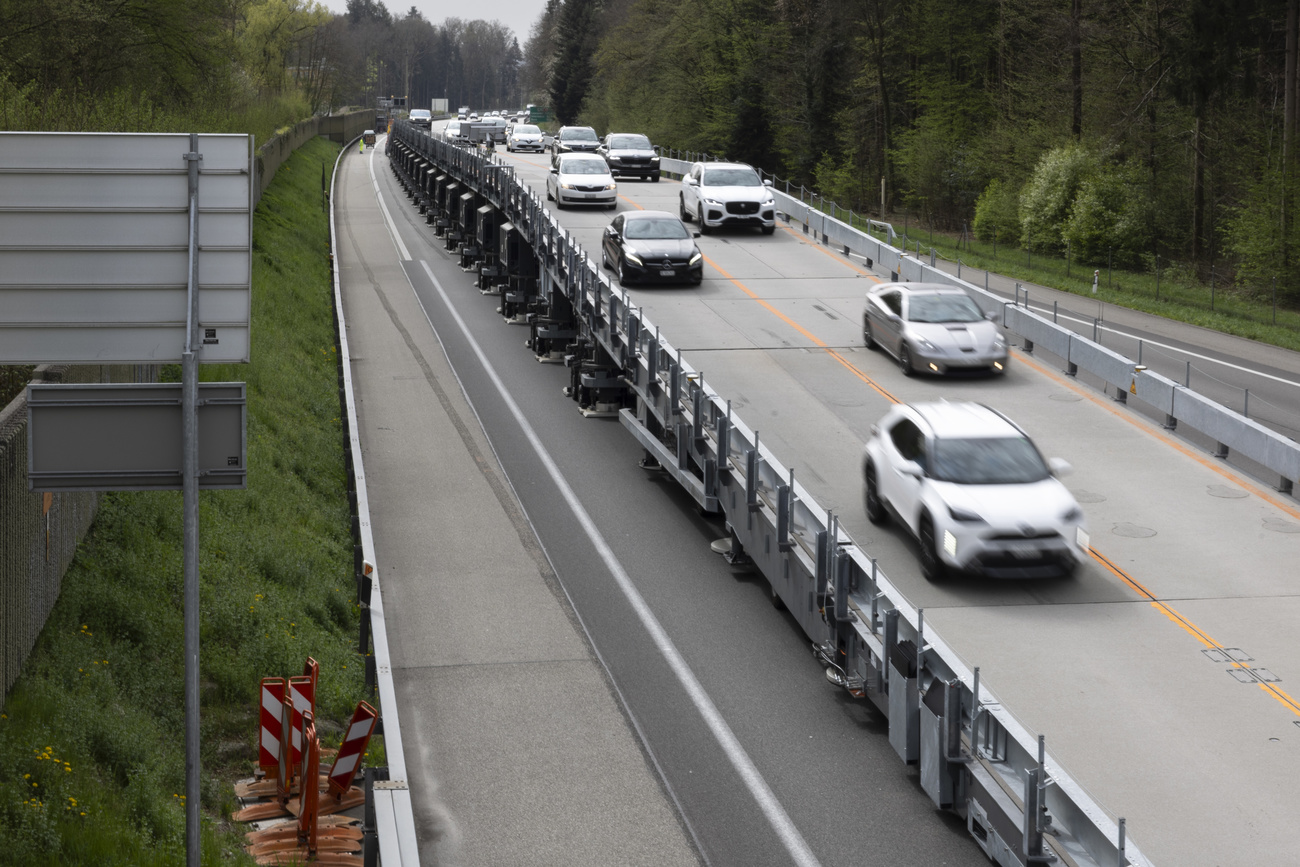



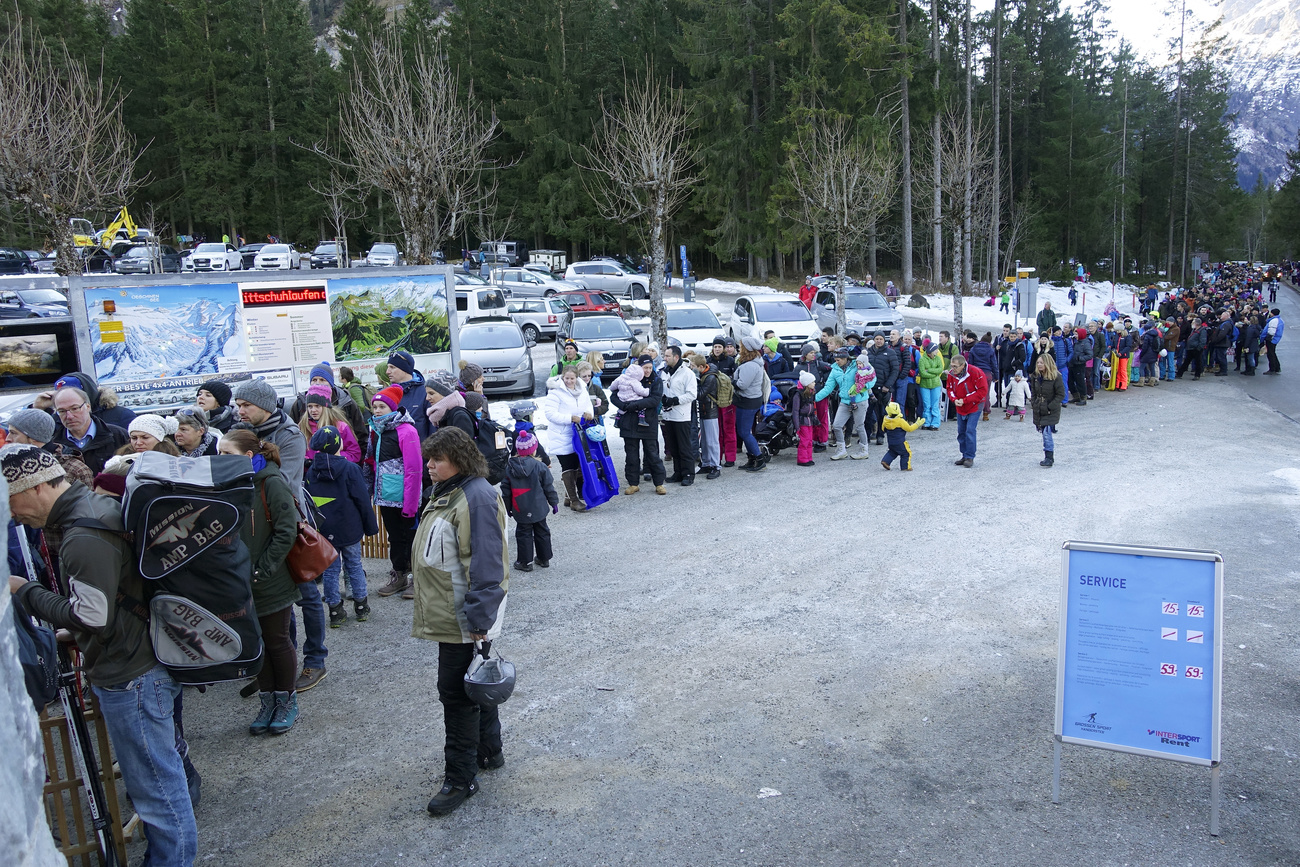


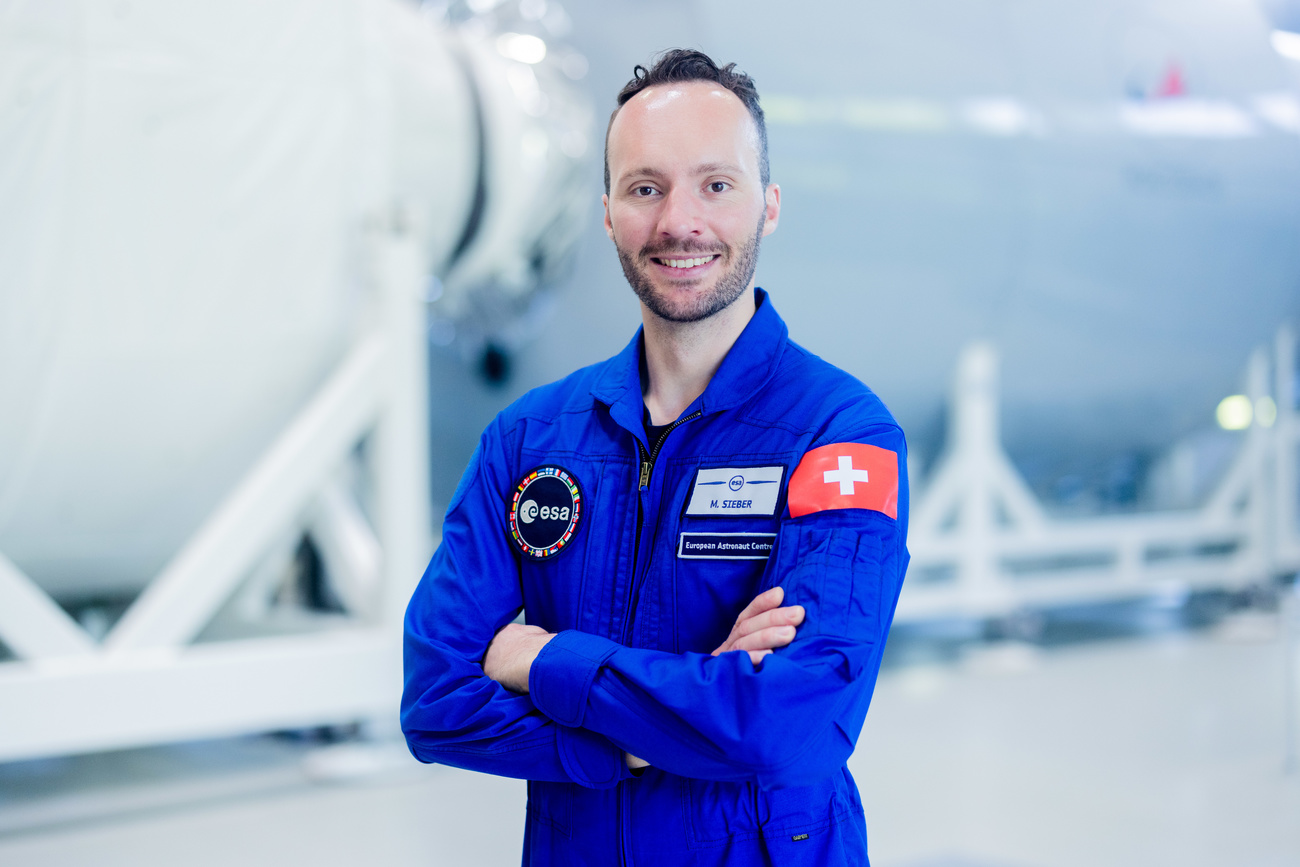
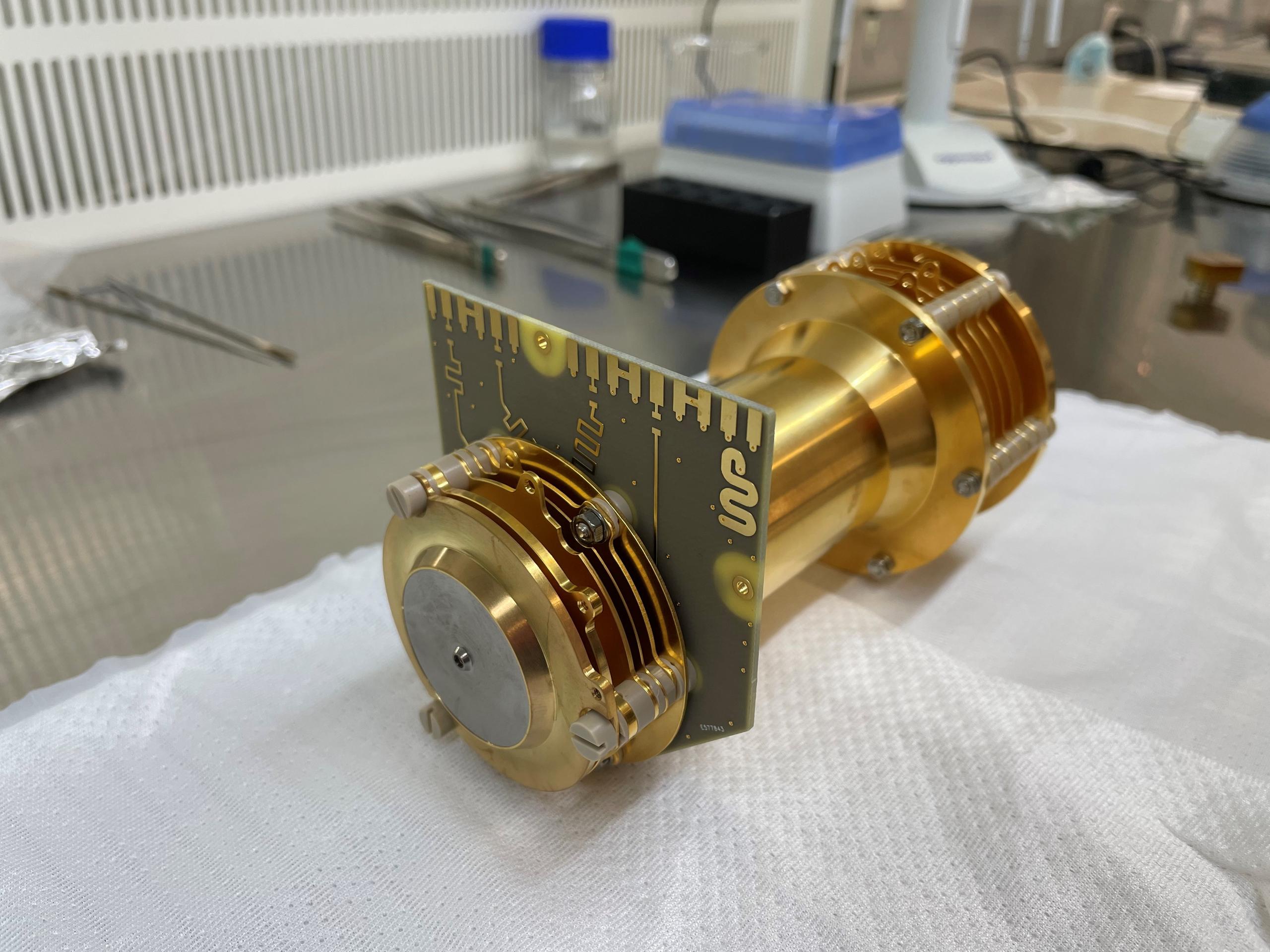
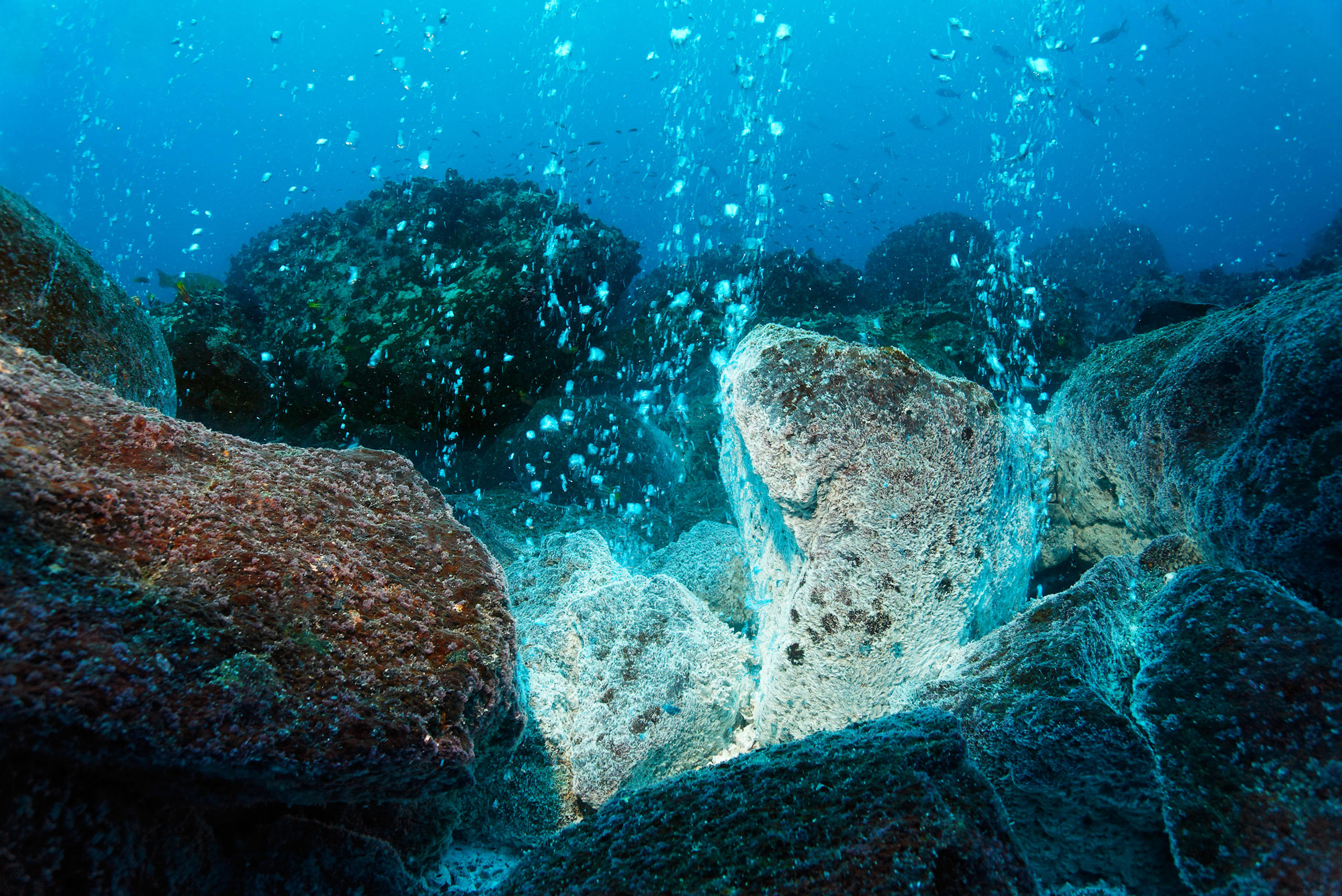
You can find an overview of ongoing debates with our journalists here . Please join us!
If you want to start a conversation about a topic raised in this article or want to report factual errors, email us at english@swissinfo.ch.